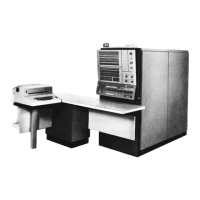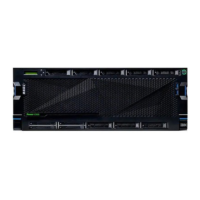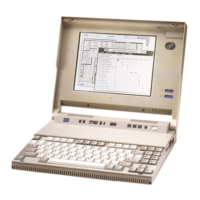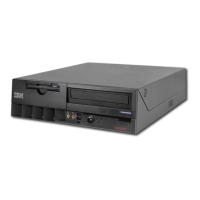
Do you have a question about the IBM System/360 and is the answer not in the manual?
Key concepts for using TSO, including commands, messages, and interruptions.
How to create, edit, update, and manage data sets and their contents.
Utilizing the TEST command for debugging and finding programming errors.
Managing system operations and user accounts using OPERATOR and ACCOUNT commands.
Using the LOGON command with user attributes like ID, password, and account.
Deleting, inserting, replacing, and renumbering lines within a data set.
Protecting data sets with passwords using the PROTECT command.
Using CALL to invoke compilers and allocate necessary data sets.
Using CALL to run load modules, potentially with parameters.
Overview of the TEST command for debugging programs.
Managing user attributes, passwords, and accounts in the UADS.
Monitoring terminal activity, sending messages, and managing sessions.












